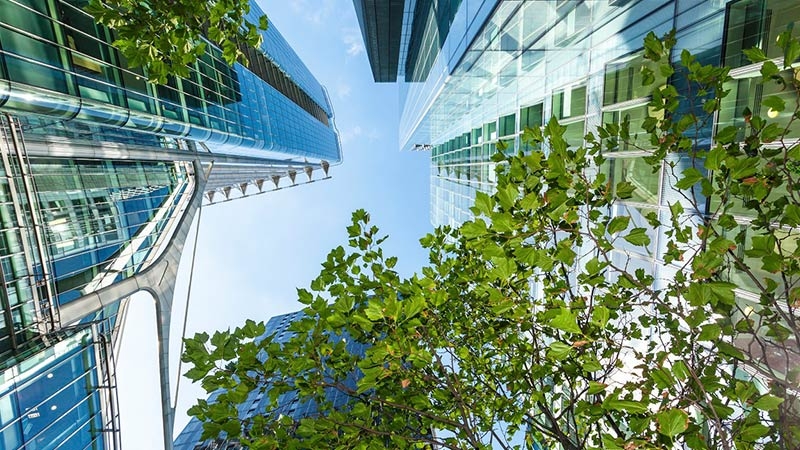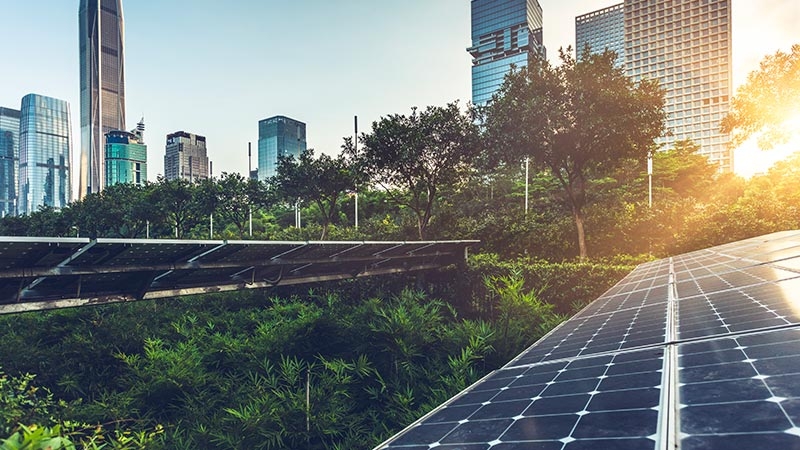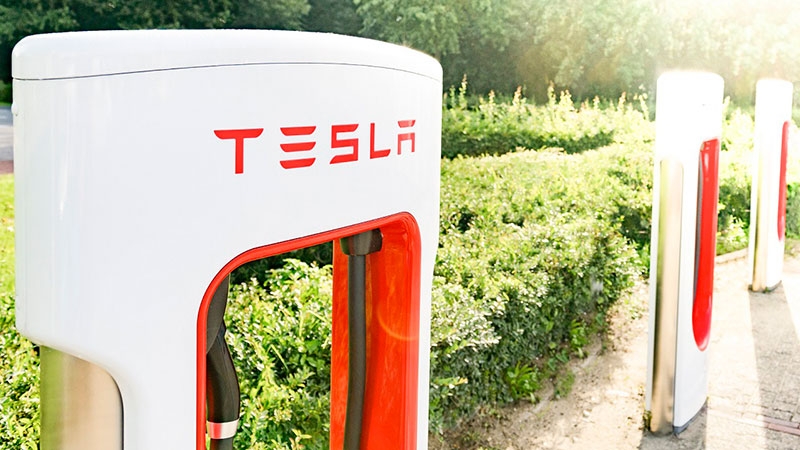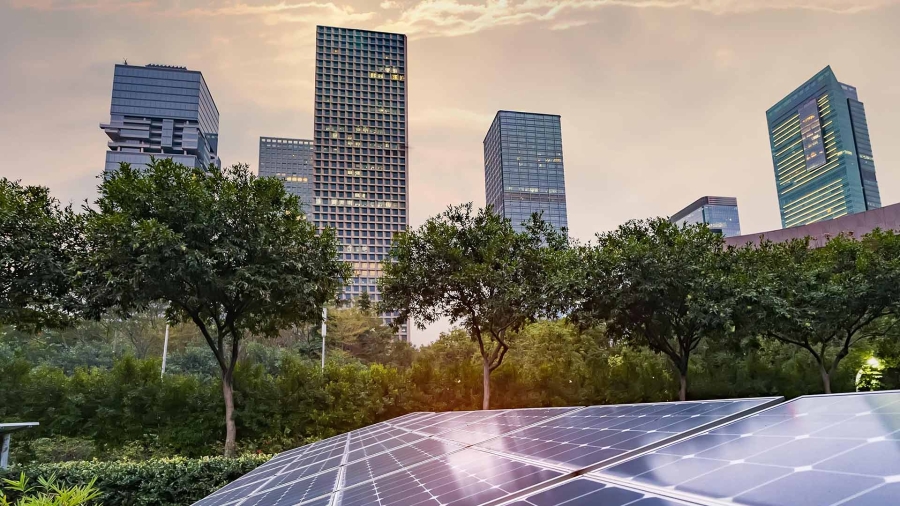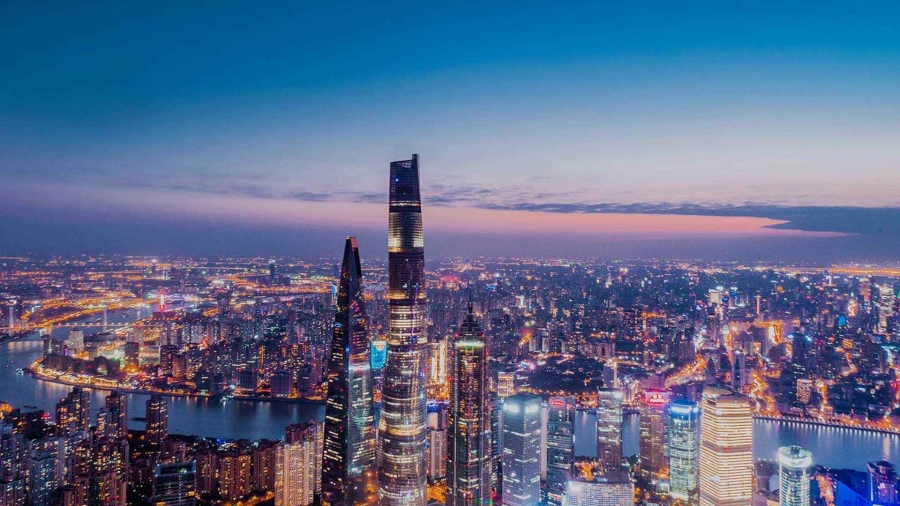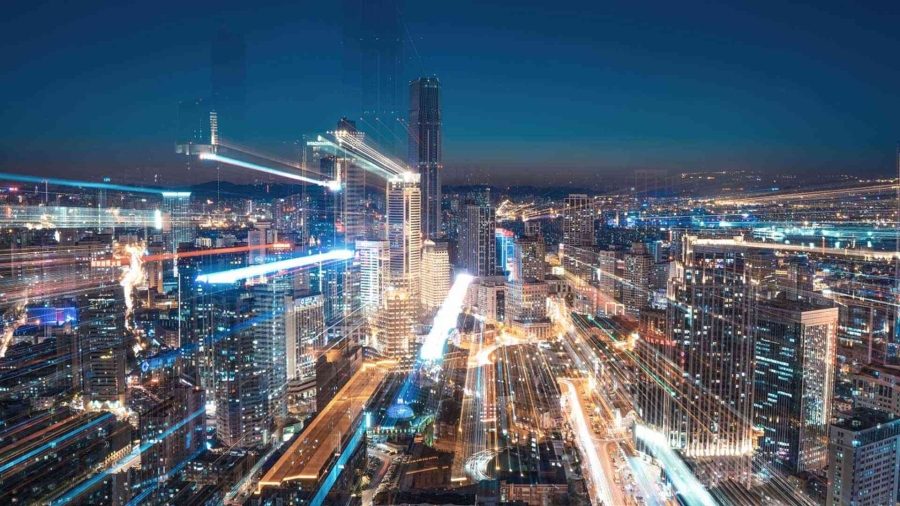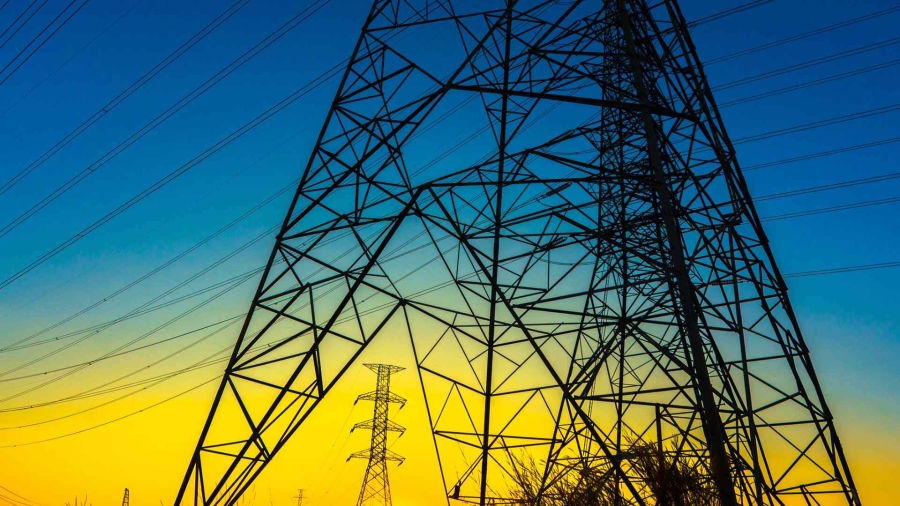2020 was the year that none of us expected. Across society and business, we learned in the hardest way how precious life on a healthy planet can be — and we learned to respond to disruption. Now, although COVID-19 is still having an impact in many parts of the world both in terms of the health crisis and economic disruption, there are many positive trends and breakthroughs we see welling up from the disruption, giving us hope that a green recovery from the pandemic is possible and already underway.
Looking back at our 2020 sustainability trend predictions, most stood the test of COVID, and some even accelerated in the surge of sustainability’s new importance. In many ways, the crisis has catalyzed corporate climate and sustainability action, acting as a dry run for companies to see how they will tackle an expanding range of environmental, social, and governance (ESG) challenges. Although we continue to navigate a disrupted world, our Schneider Electric experts see many reasons to be hopeful about the role that sustainability is playing in this new normal.
Predicting the future can be risky business these days, but these sustainability trends are based on the here and now. Read on for 10 reasons to be hopeful in 2021.




